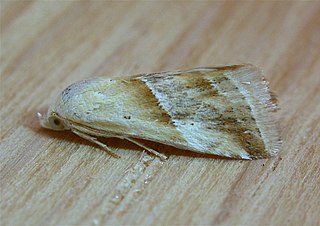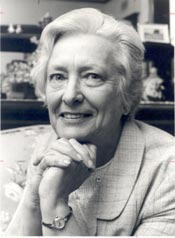James Turner may refer to:
Charles Turner may refer to:
The following lists events that happened during 1894 in Australia.

Rivula sericealis, the straw dot, is a moth of the family Noctuidae. The species was first described by Giovanni Antonio Scopoli in his 1763 Entomologia Carniolica. It is found in Europe including the Iberian Peninsula and southern Fennoscandia and south to North Africa. In an easterly direction, the species occurs across the Palearctic to the Pacific Ocean and Japan. The species closely resembles Evergestis forficalis.

Eublemma rivula is a species of moth of the family Erebidae first described by Frederic Moore in 1882. It is found in most of southeast Asia, including Hong Kong, India, Japan, the Society Islands, Taiwan and in Australia in the Australian Capital Territory, New South Wales and Queensland.

Rivula is a genus of moths in the family Erebidae described by Achille Guenée in 1845.
Margaret Pieroni is a Western Australian botanical artist and botanist who has authored, co-authored and/or illustrated many books on Australian botany, including Brush with Gondwana: Botanical Artists Group of Western Australia (2008), The Dryandras (2006), Verticordia: the turner of hearts (2002), Discovering the wildflowers of Western Australia (1993), Exploring granite outcrops (1990) and Leaf and branch: trees and tall shrubs of Perth (1990). Pieroni is also recognised for a significant contribution to specimen collection and horticultural research into dryandras, series Banksia ser. Dryandra, formerly regarded as genus Dryandra.
Rivula biagi is a moth of the family Erebidae first described by George Thomas Bethune-Baker in 1908. It is known from New Guinea and the Australian state of Queensland.
Rivula concinna is a moth of the family Erebidae first described by Thomas Pennington Lucas in 1895. It is found in Australia in Queensland, Western Australia and the Northern Territory.
Rivula curvifera is a moth of the family Erebidae first described by Francis Walker in 1862. It is found in Australia, China, Japan, Taiwan and on the Korean Peninsula.
Rivula everta is a moth of the family Erebidae first described by Charles Swinhoe in 1901. It is found in Australia in Queensland and the Northern Territory.
Rivula niphodesma is a moth of the family Erebidae first described by Edward Meyrick in 1891. It is found in Australia in the Northern Territory and Queensland and Buru.

Acrocercops is a genus of moths in the family Gracillariidae.

Scirpophaga praelata is a species of moth of the family Crambidae. It is found in most of Europe, Russia, Turkey, Iran, Syria, Lebanon, North Africa, Japan, Taiwan, China and Australia.

Xyloryctidae is a family of moths contained within the superfamily Gelechioidea described by Edward Meyrick in 1890. Most genera are found in the Indo-Australian region. While many of these moths are tiny, some members of the family grow to a wingspan of up to 66 mm, making them giants among the micromoths.
This article presents a list of the historical events and publications of Australian literature during 1908.

Procometis is a genus of moths in the family Autostichidae.

Helen Alma Newton Turner was an Australian geneticist and statistician. She was a leading authority on sheep genetics and worked at the Commonwealth Scientific and Industrial Research Organisation (CSIRO) for 40 years.






